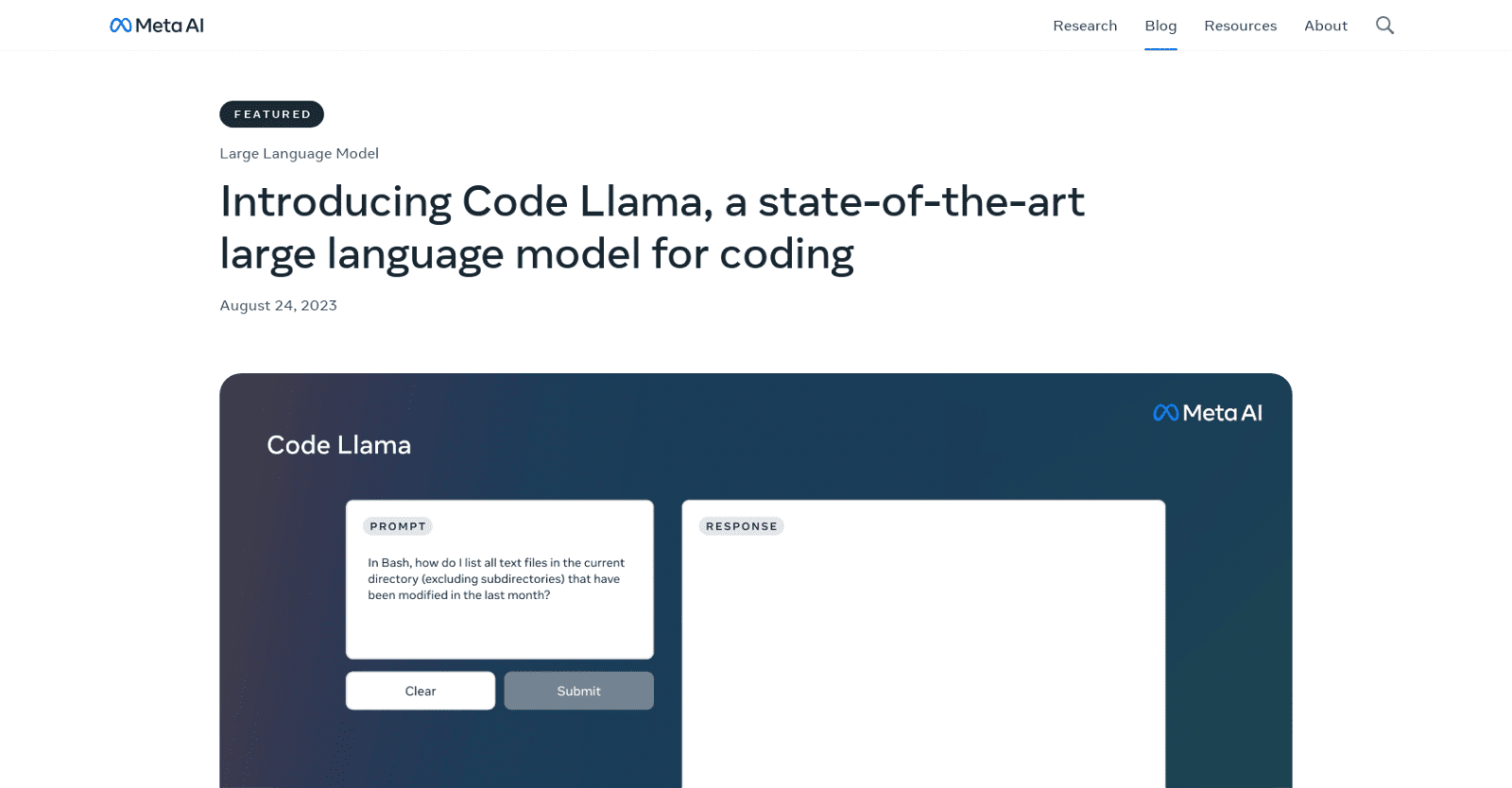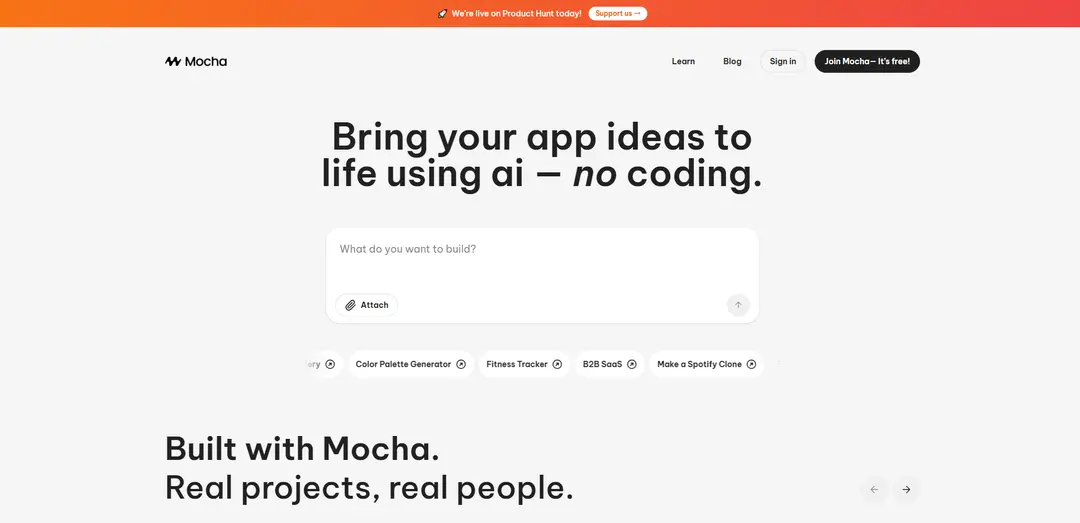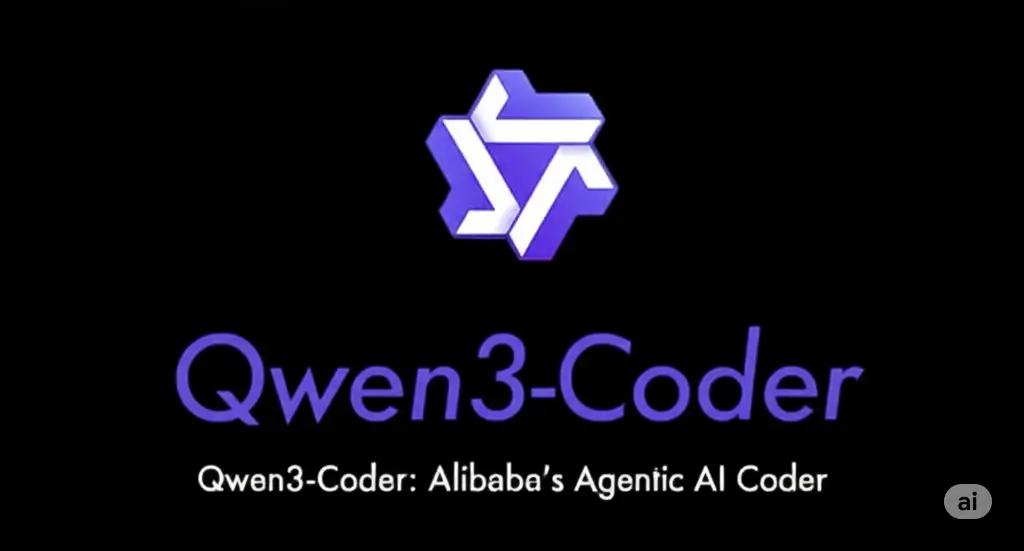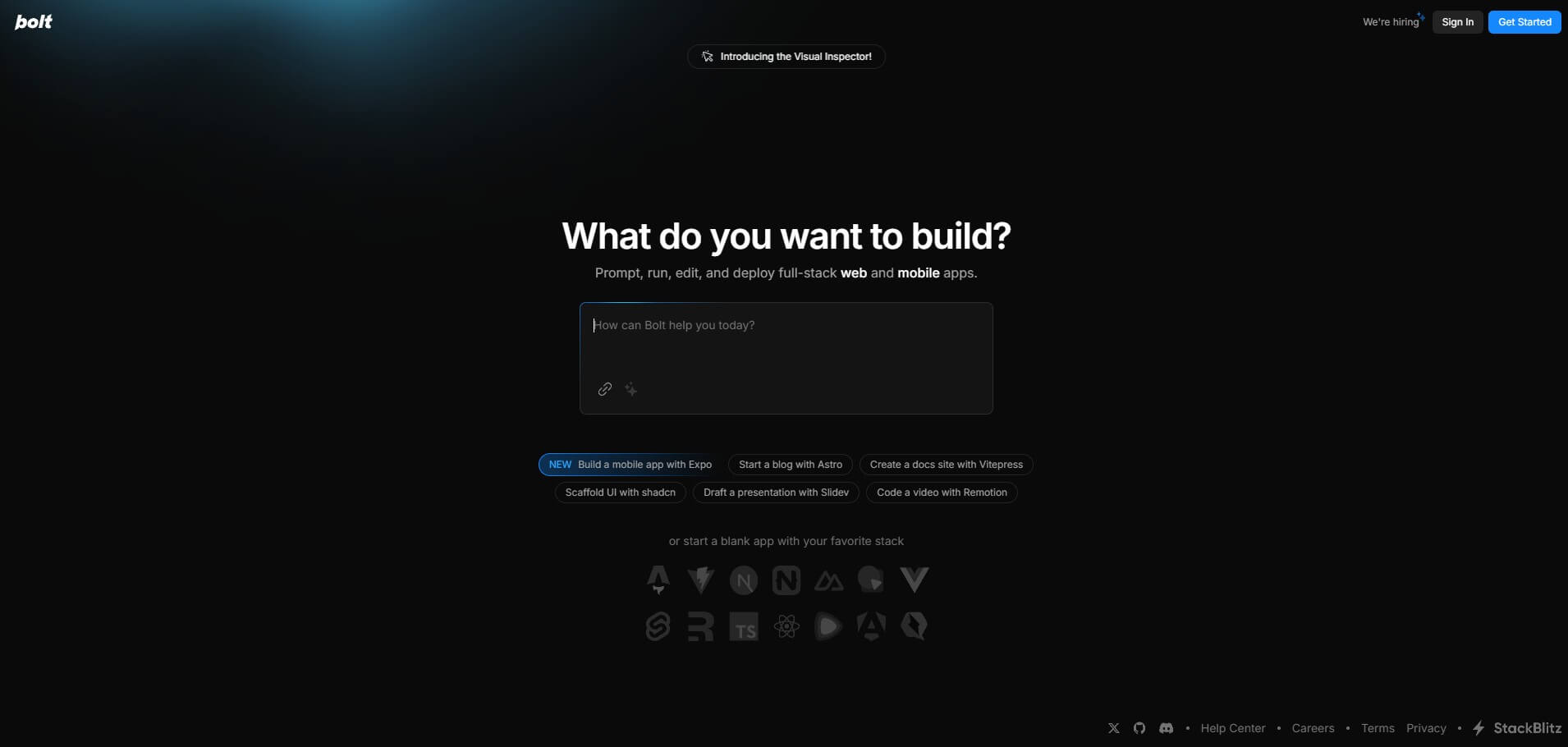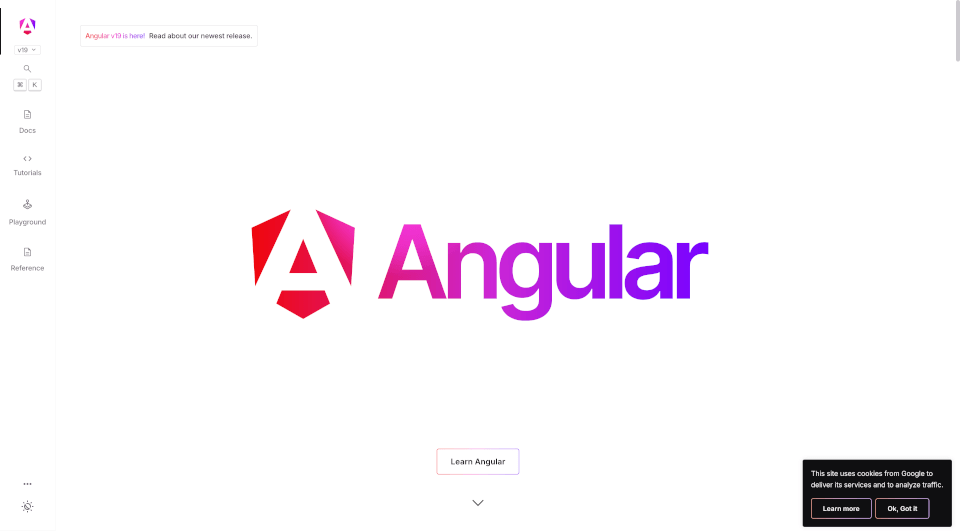Code Llama represents a state-of-the-art large language model (LLM) meticulously engineered for generating code and natural language pertinent to coding tasks. Evolving from the foundation of Llama 2, this advanced model offers three distinct variants: Code Llama (a foundational code model), Code Llama – Python (tailored for Python), and Code Llama – Instruct (fine-tuned for interpreting natural language instructions).
With the ability to process prompts from both code and natural language inputs, Code Llama excels in tasks like code completion and debugging across a range of popular programming languages, including Python, C++, Java, PHP, TypeScript, C#, and Bash. Available in various sizes, such as 7B, 13B, and 34B, these models have undergone meticulous training on extensive repositories of code and related data.
The 7B and 13B models feature fill-in-the-middle capability, enabling seamless code completion, while the 34B model, offering unparalleled coding assistance, may entail higher latency. With support for input sequences of up to 100,000 tokens, Code Llama ensures enhanced context and relevance in code generation and debugging scenarios.
Additionally, Code Llama offers two specialized variations: Code Llama – Python, optimized for Python code generation, and Code Llama – Instruct, trained to provide insightful and secure responses in natural language. It’s important to note that Code Llama is tailored specifically for code-specific tasks and may not be suitable for general natural language processing.
Undergoing rigorous benchmarking against other open-source LLMs, Code Llama consistently demonstrates superior performance on coding benchmarks like HumanEval and Mostly Basic Python Programming (MBPP). Emphasizing responsible development and safety, Code Llama adheres to stringent safety protocols.
In conclusion, Code Llama emerges as a versatile and powerful tool poised to transform coding workflows, enhance developer productivity, and facilitate comprehension of code with its sophisticated capabilities.
More details about Code Llama
What is the maximum input sequences Code Llama can handle?
Code Llama allows up to 100,000 tokens to be inserted into a sequence. This increases context and relevance in debugging scenarios and code development by enabling the generation of longer programs and the extraction of pertinent context from larger codebases.
How does Code Llama aid in debugging scenarios?
Code Llama could be useful in cases involving large code sections when troubleshooting. Because the model can handle input sequences of up to 100,000 tokens, developers can aid in debugging larger codebases by providing it with more information from the codebase to make the generations more relevant.
How does Code Llama score on coding benchmarks such as HumanEval and Mostly Basic Python Programming (MBPP)?
Code Llama has demonstrated superior performance on coding benchmarks such as HumanEval and Mostly Basic Python Programming (MBPP). For instance, Code Llama 34B scored 53.7% on HumanEval and 56.2% on MBPP, outperforming other cutting-edge open solutions.
How can one leverage Llama 2 to create new innovative tools?
Llama 2 can be utilized to create customized versions, like Code Llama, which enhances coding ability, to create innovative and novel tools. Llama 2 may generate more specialized models suitable for a variety of applications by receiving further training on specific datasets.
